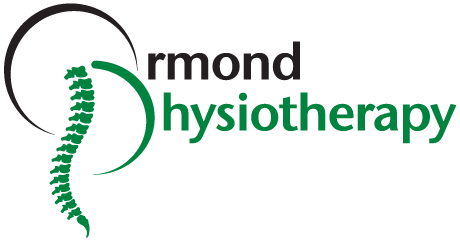Posture is a complex concept. It is defined as the position in which someone holds their body when standing or sitting.
Posture can be influenced by a number of factors. Physically, the variations of posture within people can be explained by a combination of muscular weakness, tightness and body shape. The complexity of posture can be explained by a difference in people’s belief systems, emotional status and self-esteem levels. These non-physical attributes can end up often effecting people physically.
As mentioned in the recent seated posture blog, the body is designed to move. There is not one position that is the “best”. There are no bad positions and the best thing that we can do is provide our bodies with variability and options in completing a task, in this case standing.
The concept of standing static posture can be better understood when we start to think about it from a perspective of physics and gravity. Gravity can be visualised as a straight line that travels through the centre of the body, known as the centre of mass (COM), from the head to the base of support (BOS).
The above concept can often explain the variance in why some people find it hard to sustain a static standing position and others don’t. As an example, one person could lean forward, spine and pelvis tilted, shoulders in front of middle of foot, which would require the back side of the body to start working or they would fall forward. This example would require effort therefore the potential to get tired, consequently resulting in the onset of pain. In contrast to someone who has their feet firmly planted on the floor, shoulders stacked over the pelvis and pelvis stacked over the top of feet. Gravity should now be dissecting through the COM through to BOS, making the standing static position easier to tolerate due to the spine being in more of a neutral position which requires the muscular system to less work.
This concept may be foreign to some, and leave people with more questions than answers. Don’t worry, we are here to help. Variables that can help the ability to sustain a static standing posture may include but are not limited to;
- The ability to sense the position of the pelvis and spine
- Ability to feel and sustain a firm BOS
- The ability to sense and sustain the joint stacking – shoulders over hips, hips over feet
- Alleviating tight joints/muscles created through repetitive postures
- Strengthen muscles that are gradually weakened over time due to promoting one position
- Ergonomics of desk set up – e.g. height, distance away from feet etc
Sit to stand desks are becoming all the more popular, yet we are still seeing a number of people coming into the clinic with different aches and pains related to prolonged standing postures. Hopefully after reading this blog, you will have a better understanding of sustained standing posture and the factors that may contribute to the onset of pain.
If you are having trouble with understanding the above concepts or you think that you have postural related pain or need your workstation assessed. Take action, call Ormond Physiotherapy today and begin the journey to an easier working day, pain free lifestyle and a more efficient body.
To book an appointment, call our team on 9578 6588 or click the button below!

